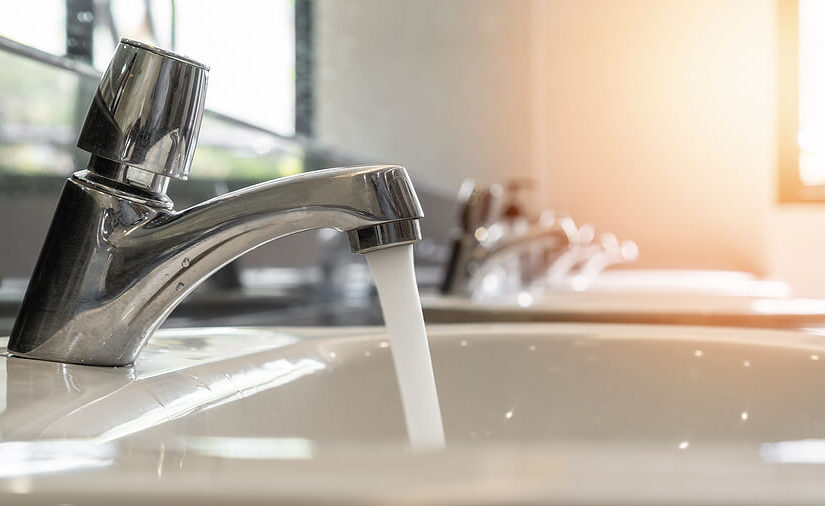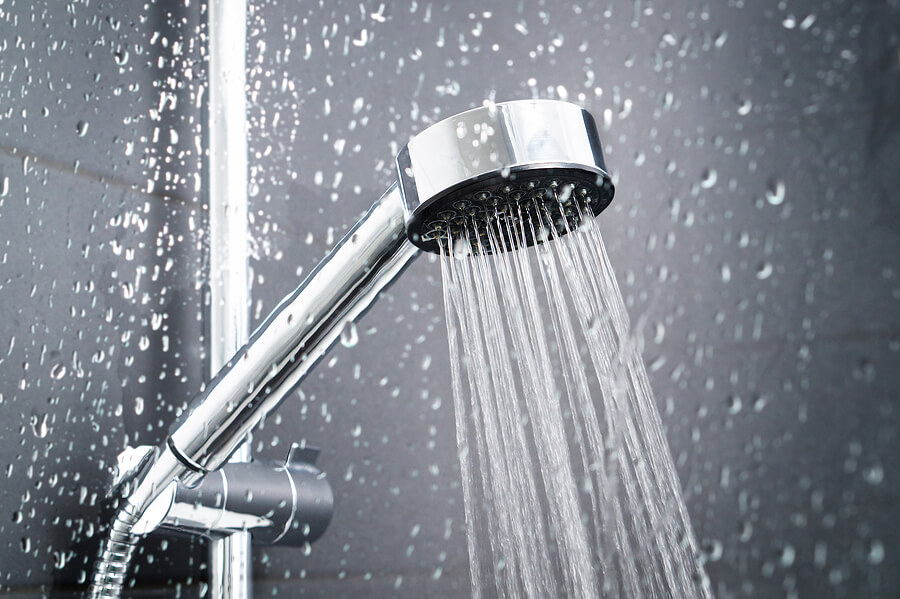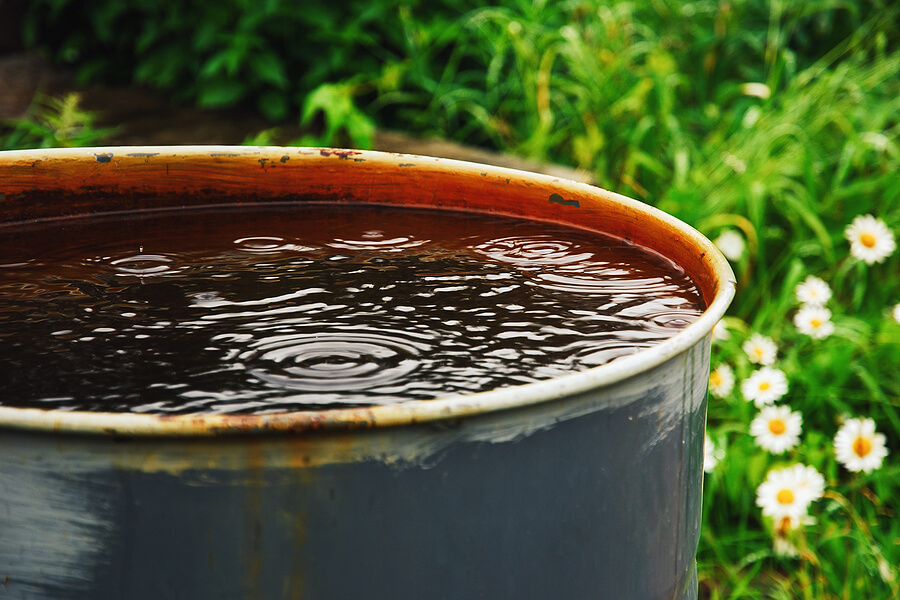Despite being the world’s most abundant natural resource, saving water and reducing your usage is crucial in protecting the environment.
The ongoing climate crisis has made it challenging to ensure communities have access to safe and clean water, putting thousands of vulnerable people at risk of malnutrition and disease. Limiting our usage helps preserve water and ensure there is enough for everyone.
Saving water at home also makes economic sense. With household bills at an all-time high, minimising your monthly outgoings alongside your carbon footprint is essential.
Luckily, cutting down your water usage is easy. Small changes around the home will have you well on your way to conserving water, saving money, and reducing your carbon emissions.
Water facts
Around 72% of our planet is made of water, making it the most abundant and easily accessible natural resource.
Water helps regulate the earth’s temperature, with ocean currents transporting warm water from the equator towards the poles and vice versa. Thanks to this process, the uneven distribution of heat from the sun is counteracted.
Despite the large volume of water, over 97% is salty and undrinkable. Around 2% of water remains trapped in the earth’s ice caps and glaciers, leaving less than 1% available for humanity’s drinking, agricultural, manufacturing, and personal needs.
Why is conserving water important?
Climate change and the extreme weather that comes with it have made our water sources more unpredictable and harder to regulate.
Even though water eventually returns to the earth through the water cycle, research suggests it is not returning to the same areas or in the same quantity and quality.
Increased drought rate in places like Europe, which are usually fertile and water-abundant, means that water companies aren’t capturing enough rain for people’s everyday needs. Water stress, hosepipe bans, and rising water prices have become much more frequent in recent years.
In the UK, around 12 of the 23 national water companies operate in areas of England under ‘serious’ water stress, with demand only set to rise.
Water is not a finite resource and, if not properly managed, will eventually run out. Conservation helps communities prepare for future droughts, ensures water is available for recreational use, prevents inflated costs, and preserves the surrounding environment.
How to save water
Saving water is straightforward to implement at home.
Simple tips and handy gadgets help monitor and reduce water usage, ensuring you do your bit for the environment.
Water saving toilets
Did you know that around 30% of the total water used in your home goes into flushing the toilet? Despite common misconceptions, this water is the same high quality you use to wash and drink.
Switching to a water-saving toilet helps increase your flush efficiency. Dual flush toilets allow you to choose how much water to use, consuming around four-six litres of water per flush compared to old-style systems, which use a staggering 13 litres each flush.
You can also opt for a cistern displacement device (CDD). Placed in the cistern, a CDD can save around 5,000 litres of water every year and are available from most water companies for free.
Eco-friendly showers
At around 34%, baths and showers are responsible for the highest water usage in our homes. While it’s widely accepted showers are more economical and water efficient, some modern power showers consume more water than the average bath.
The average showerhead uses around 12 litres of water, with power showers racking up 15 litres per minute. By simply reducing the time you spend showering, you could save up to 350kg of carbon dioxide each year and help minimise your energy bills.
Switching your shower head to a low-flow alternative is another eco-friendly and money-saving option. Aerated shower heads lessen water flow without compromising pressure, reducing usage to around six litres per minute. They can also improve the water condition, helping dry skin and hair for a more luxurious washing experience.
Water efficient washing machines
Most EU-branded washing machines now include a water efficiency rating.
However, this isn’t the same as energy efficiency. A washing machine may have an A+ energy efficiency rating but use a large amount of water. The label’s lower half will show the appliances’ water efficiency — check this before purchasing a new machine.
Aside from using a more economical washing machine, there are other ways to ensure your washes use less water.
To avoid unnecessary wastage, only wash on full loads. Washing machines operate on maximum efficiency only when the drum is full, meaning you’ll get a better washing performance alongside saving water and money.
If you’re not bothered about creasing, switch to a ‘cotton wash’ instead. This setting uses around 50% less water than a ‘synthetic wash’.
Rainwater collection
Collecting rainwater stretches back thousands of years. However, thanks to modern plumbing technology, it is a pastime most of us no longer practice.
It’s legal to collect and harvest rainwater in the UK, and many water companies (specifically in areas at risk of water shortages) actively encourage communities to utilise rainwater collection.
You can collect rainwater from your home’s roof, garages, greenhouses, and other outside structures. While drinking rainwater is unsafe, it’s great for watering plants in drier conditions.
Collect the rainwater during the winter when rainfall is highest, and store it for use during the summer. Doing this takes the pressure off mains taps during droughts and means that, should a hosepipe ban be implemented in your area, you can still safely water your plants and garden.
Monitoring leaks
A leaky tap doesn’t just ruin the tranquillity of our homes — it can be costly too.
It’s hard to estimate how much a dripping faucet can cost you, but some estimates have placed the value at over £120 per month. Yearly, this wastes over 7,800 litres of water, increasing as the condition of your tap worsens and the drips become more frequent.
Dripping taps are one of the small and more noticeable problems, too. Most leaks go unnoticed until the problem is far worse and much more expensive to fix. Regularly monitoring your home for any leaks helps minimise this risk.
Check your washing machine for wear and tear, as this could mean a leak is likely. Your refrigerator is another appliance that lessens over time and is prone to leaks — monitoring the hose and the floor beneath your fridge means you’re more likely to catch the problem when it’s more manageable.
In the bathroom, a straightforward trick helps determine if you have a leaky toilet. Place a few drops of food colouring in the toilet tank and wait a few minutes. If the water in the bowl changes colour, the toilet is leaking.


